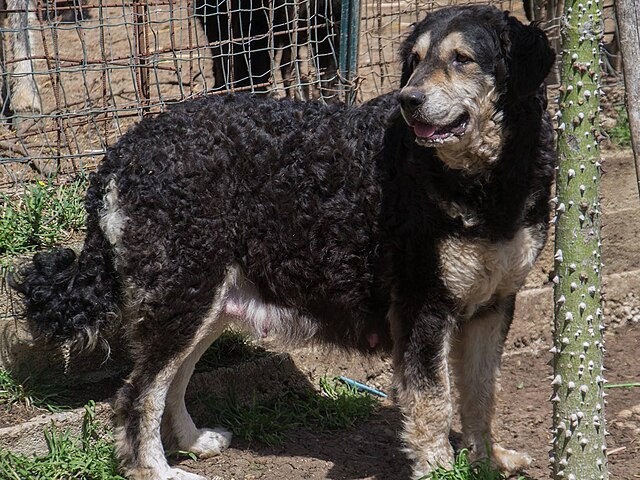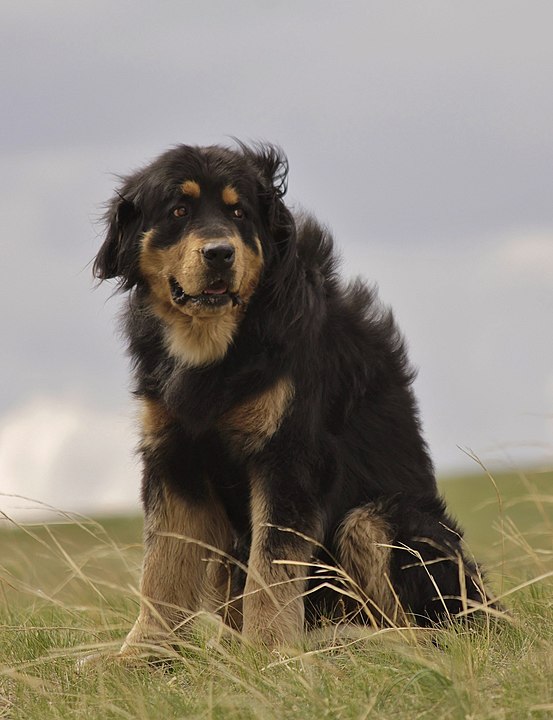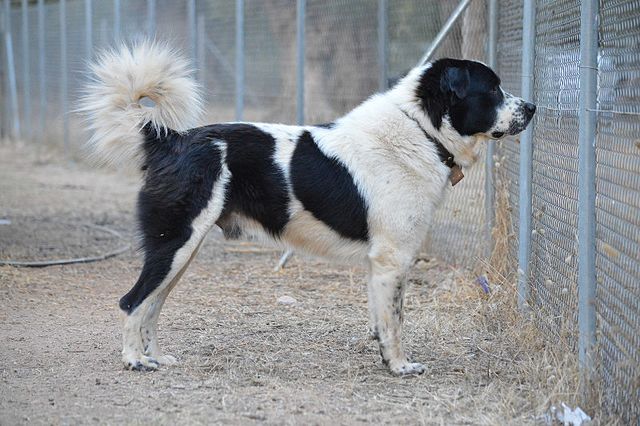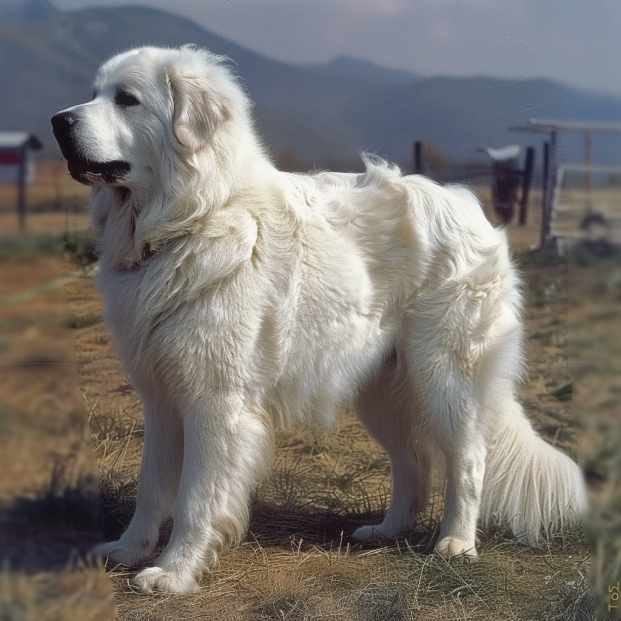Recognized only by the Greek Kennel Club, the Molossus of Epirus is an extremely rare breed now despite being once popular in his heyday. This is an ancient Livestock Guardian Dog and war dog which has existed in Greece and Rome since at least 400 BC, and is said to have been owned by Alexander the Great! The breed can also boast an impressive resume of dogs which were later created from it, such as the Neapolitan Mastiff and Cane Corso. Because of a now-declining population, fanciers are working hard to keep this massive guard dog afloat. He is not recognized by the FCI or the AKC.
The loyal Molossus is respectful and tender around his family, forming tight bonds, although is very cautious around new people. He is known to be territorial and can be aggressive towards those who he deems a threat, meaning that even a friend coming over may set him off! This is not only a watch dog that will alert to someone entering the property, but a full-on guard dog. He was bred to have no fear towards anyone or anything – whether it be wolf or man. Because he is so secure about himself, he is not a shy or anxious dog and in fact is quite calm and aloof most of the time – but the flip side of his confidence means that an owner must be knowledgeable and ever-vigilant about potential situations which could turn into problems (such as a neighbor dropping by unexpectedly).
The Molossus generally considers himself a protector of all that is “his”, including the children of the family. This said, because of his sheer size and strength, supervision is required around very young kids. Keep in mind that like other LGD breeds he is likely to regard strange children very differently. This is not a dog for people that have lots of kids coming over to the house! Because of his original guarding purposes and territorial nature he would also not be a good pet for someone interested in going to the dog park or otherwise socializing with other dogs. This is a serious breed that is prone to both dog aggression and human aggression. 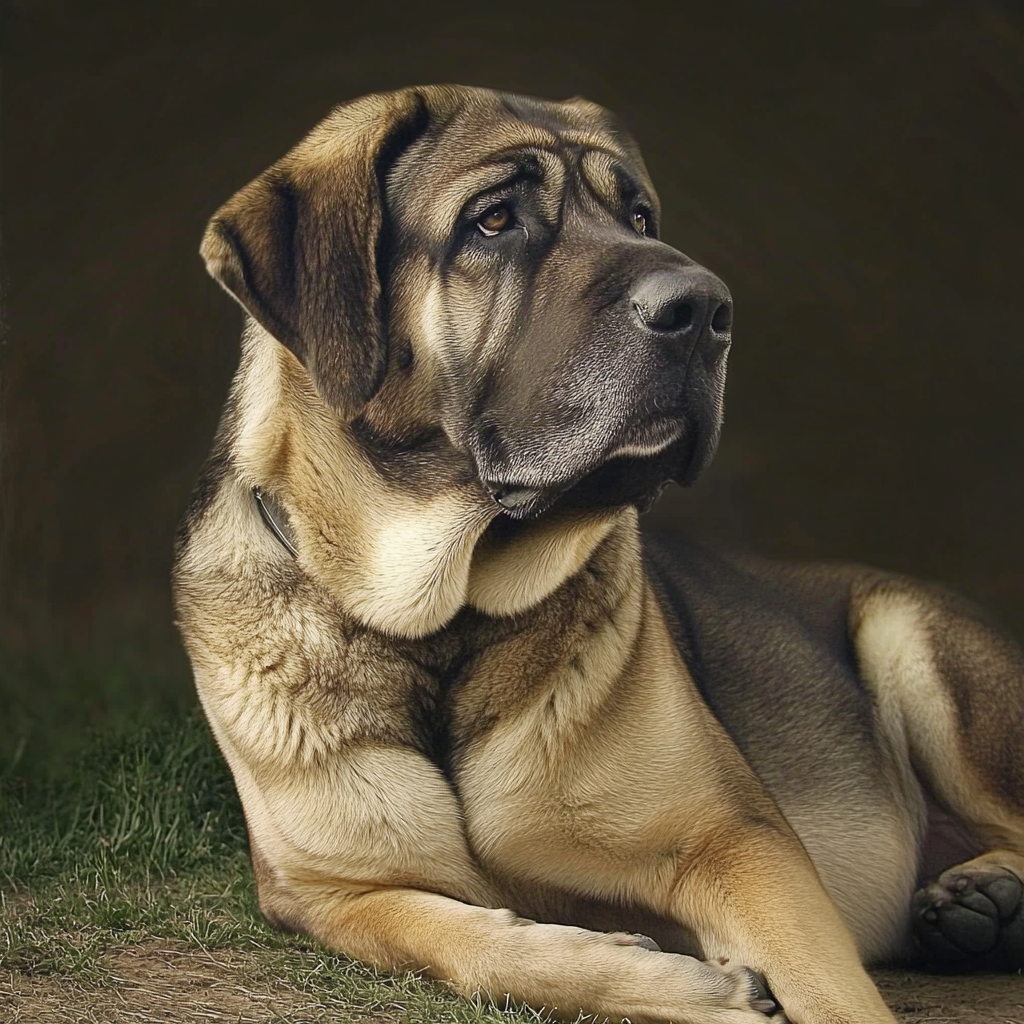
Because of his no-nonsense temperament, it is vital that the Molossus of Epirus be socialized extensively from a young age and be given obedience training regularly. He is extremely independent and is not likely to be a “push-button” obedience dog, but he should be trained nonetheless! Bred to make decisions on his own, he may find training a stupid task so it is up to the owner/trainer to make it an enriching experience. It is also important to note that the breed tends to have a dominant personality and is likely to try and set the rules of the house. Yet another reason why an owner should be experienced with raising dogs of similar temperament! Training must be firm yet respectful, and owners should be patient yet unyielding. This intelligent dog also need regular mental stimulation in the form of puzzles, games and possibly also dog sports.
The Molossus of Epirus does require exercise, although not a lot is required. He is not particularly athletic or agile as a rule, but is happy to amble along on a walk. Because of his very large frame he shouldn’t be over-exercised when he is young, and long walks should wait until after his growth plates have closed to avoid possible injury or future problems with hip dysplasia. While this description may make it sound like the breed is somewhat delicate, in fact that is not entirely the case and the average lifespan is shockingly long for a dog of this size – around 14 years! Furthermore what he lacks in agility he makes up for in stamina.
As mentioned above, one of the most striking physical traits of the Molossus is his huge size – being both tall as well as massive in build and possessing a very large head. He is strongly built with strong bones – rectangular and compact in shape while also being very broad. The neck is conic-shaped, muscular, and has enough loose skin to form a dewlap underneath. The chest is broad, deep and well-muscled, reaching lower than the elbows. The tail is long and thick at the base. The coat of the Molossus is short and thick and can come in a variety of colors including red, blonde, yellow, black, black/tan, black/brindle, wolf color, or deer color.
